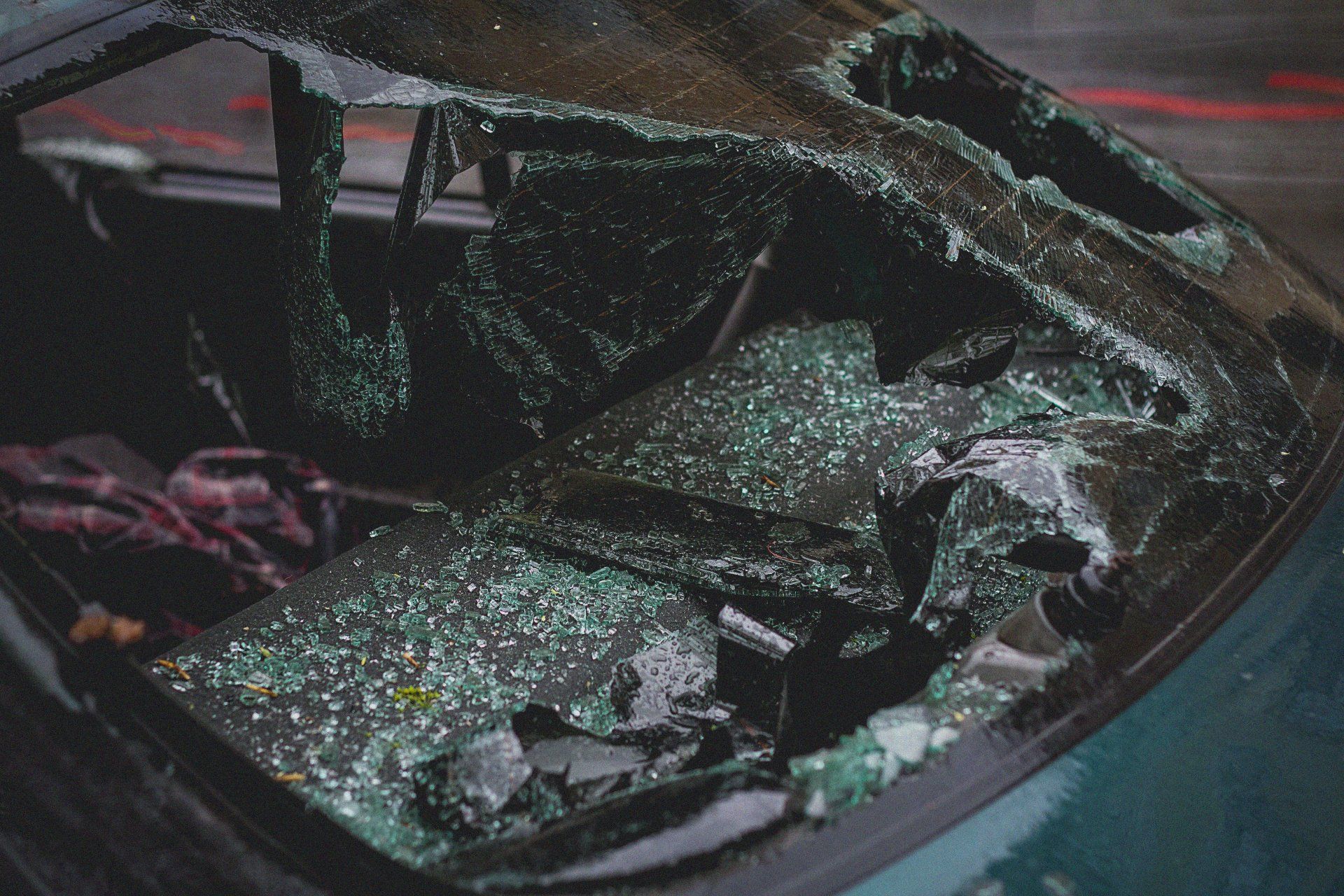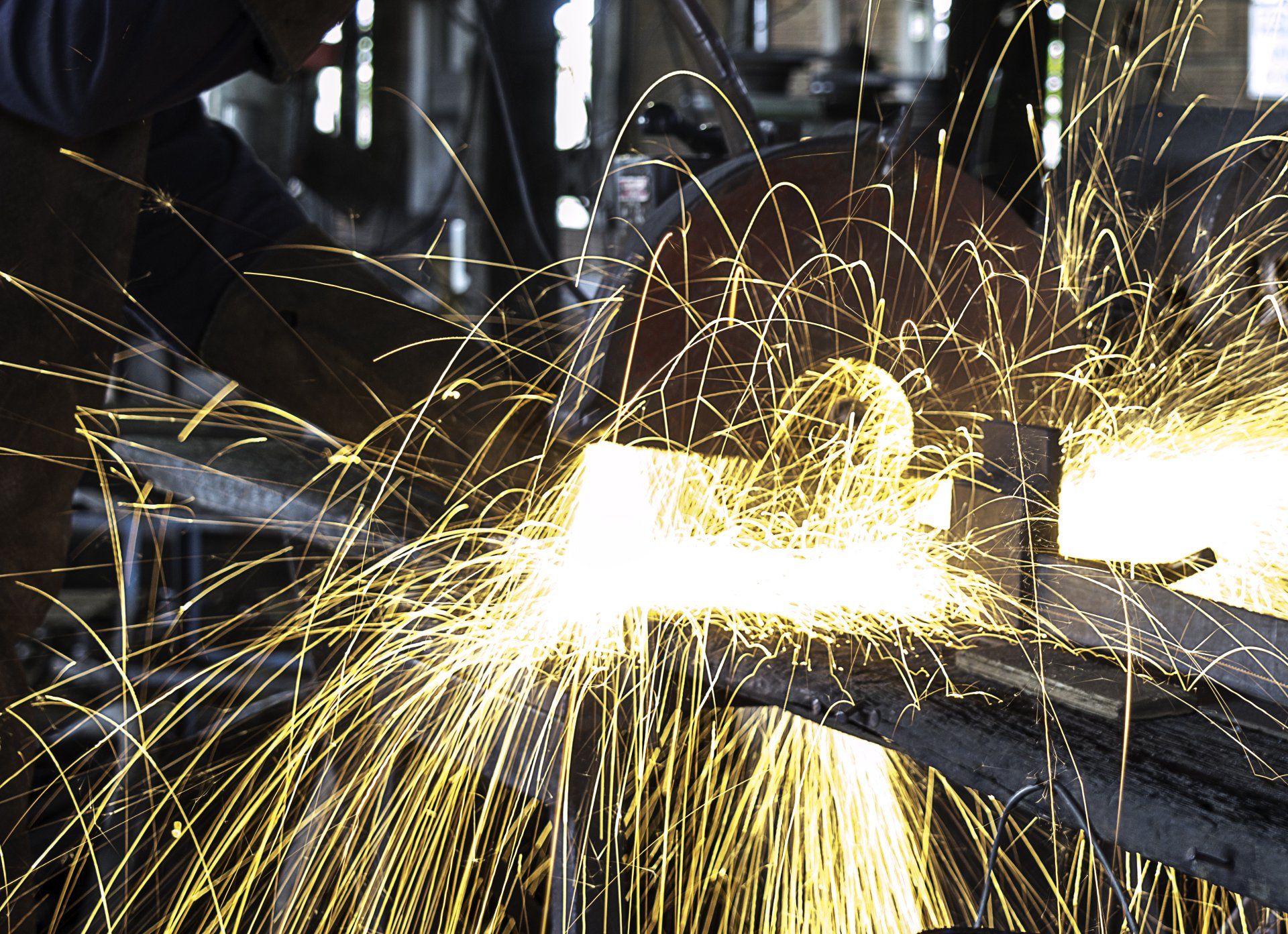Major 18-Wheeler Crash Causes Hours of Traffic in Houston
On Wednesday, June 30th, an 18-wheeler crashed in the northbound lanes of I-45 in Houston. Detours were set up around the wreck, leading to heavy congestion.
Details of the Crash
Details of the Wednesday morning crash are limited, but the effects were hard to miss with traffic in the area backed up for some time while the crash scene was cleared.
According to Houston authorities, the accident occurred at around 5:15 a.m. on I-45 between Rankin Road and Airtex Drive. The 18-wheeler was traveling northbound on the interstate when the accident happened.
A detour was set up, redirecting drivers to exit Beltway 8 and then take the northbound Hardy Toll Road.
Accidents like this on Houston freeways are far from rare. Just three days earlier, on Sunday, another 18-wheeler crashed in the northbound lanes of US-59/I-69 near downtown. The truck collided with a sidewall of the interstate, spilling an unidentified material onto the roadway.
As usual, the area of the road where the accident happened was blocked while authorities conducted their investigation.
The Danger of Heavy Traffic in Texas Cities
Those familiar with Houston driving conditions probably won’t be surprised to hear that the city was recently ranked among the worst large cities in the nation when it comes to traffic and urban mobility.
According to an annual study conducted by Texas A&M University , Houston drivers spend more time sitting in traffic than almost any other drivers in cities of more than 3 million residents. The city came in as the third worst in the country, beaten by New York at number one and Boston at number two.
Unfortunately, Houston isn’t the only Texas city on the list. While not as severe, Dallas still fell in the top ten worst cities for traffic congestion, coming in at number seven.
So, what do these rankings really mean? According to the study, drivers in Houston spend 49 hours every year just sitting in traffic, and in Dallas, drivers can expect to spend 40 hours waiting on congested roadways.
Surprisingly, traffic isn’t always a bad thing. According to research by the Department of Civil Engineering in Maryland , increased traffic can actually decrease accidents on some types of roads, specifically urban roads that are smaller than freeways. The increased traffic can also decrease the severity of accidents that do take place since vehicles will likely be traveling at slower speeds. The rate of accidents seen on urban roads also varies widely depending on the time of day.
However, it is still true that an increase in traffic results in an increase in accidents on urban freeways. The increase in accidents only correlates to high-traffic periods, meaning that accidents during low-traffic periods seem to occur at random rates rather than consistently correlating to the traffic levels. Because of this, driving in low traffic doesn’t necessarily guarantee that you won’t be involved in an accident.
If you’ve been involved in an accident on a Texas freeway, contact the Houston car accident attorneys of Lapeze & Johns for help making a case or claim.
Source : ABC13



